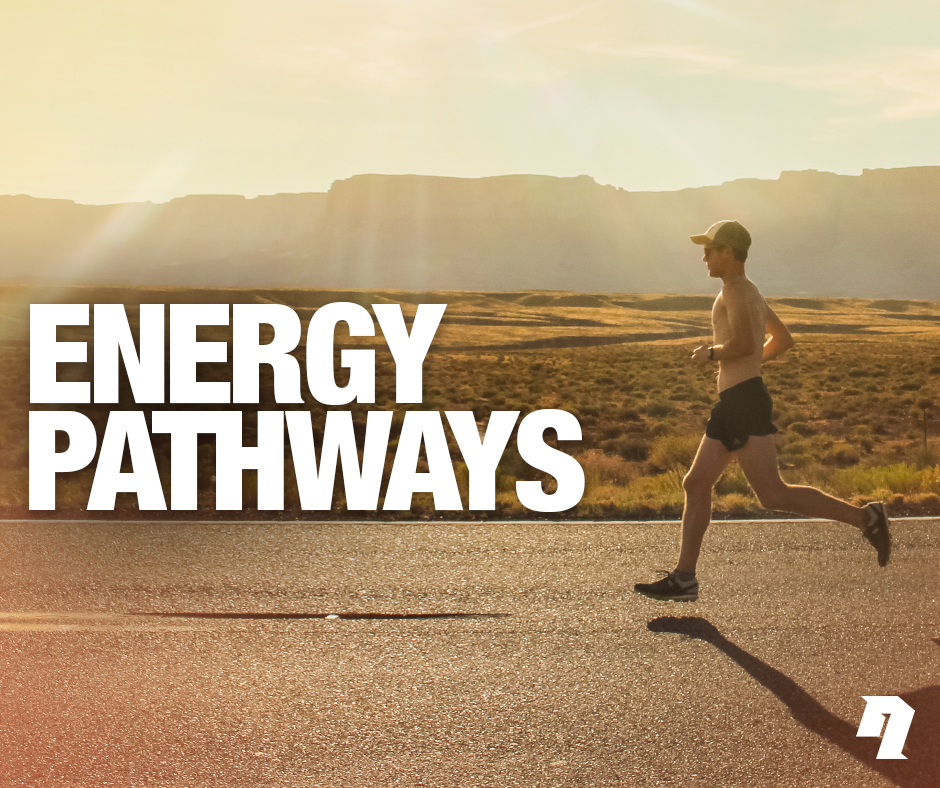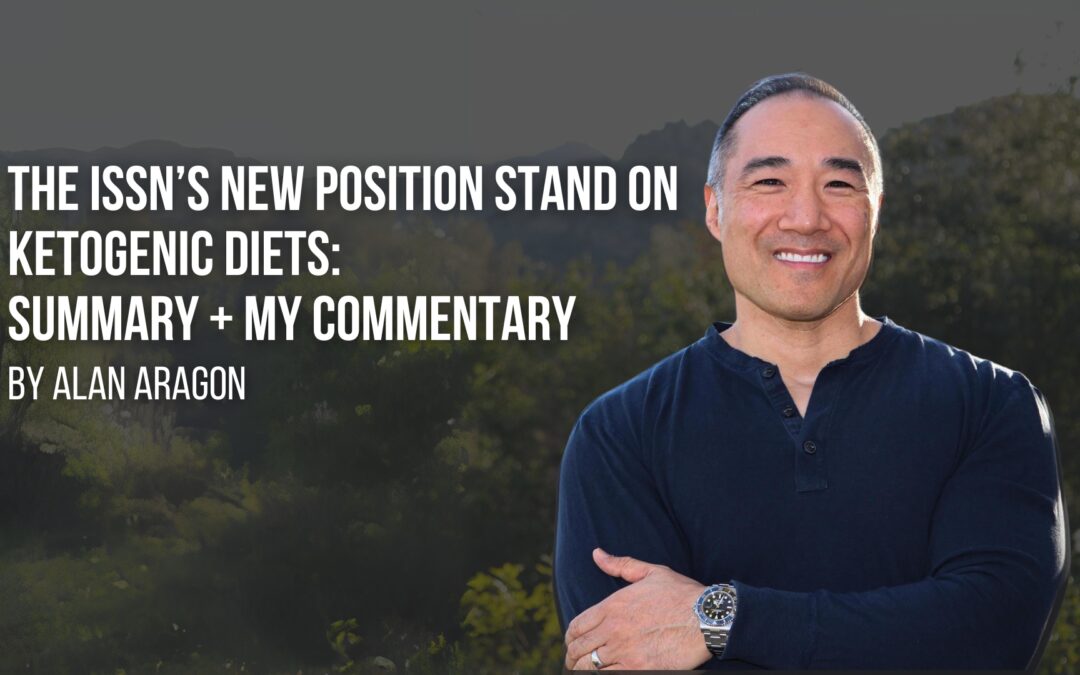Modern fitness has changed a lot. Today’s training modalities require a thorough understanding of what goes on with the energy that our bodies produce. Here’s everything you need to know about the main energy pathways in the body.
Energy systems in nutrition are extremely important to understand.
Now, obviously, there are no energy systems inside nutrition alone. Instead, they are relative to the demands of the activities that your clients will be performing.
This means that as a coach, you’ll need a fundamental understanding of what goes into each energy system and what fuels it. You’ll also need to have a grasp on what are the demands for different energy systems.
But why is this important?
If a client tells you they’re performing maximum-effort work but they’re eating food that you know is for another energy system, that’s a problem that you’re going to have to address.
You can expect such red flags to come up from time to time. And when they do, your job as a coach will be to recognize them quickly.
Unfortunately, energy systems aren’t something we’ve had much chance to learn about or discuss. That’s why I wrote this article – to provide more information about this crucial subject.
Why are Energy Systems a Challenge Today?
You might wonder why energy systems present more of a challenge in the modern fitness world when they haven’t been mentioned much in traditional methods.
The reason is that, in Western culture, fitness has experienced a paradigm shift towards higher-intensity training modalities. Methods like CrossFit and Orange Theory have become commonplace in almost every training plan in our culture.
But that’s not all.
The intensity continues to ramp up and the challenge grows with it.
That’s why we need to start understanding the fuel requirements for the workouts people are performing. This is especially important when we consider some of today’s diets.
The way some people eat now might not be enough to fuel these higher-intensity modalities. As a result, they might not only fail to achieve visible results but also potentially end up with long-term hormonal or metabolic issues. These problems could then set people up for failure in their future endeavors.
With that said, the first challenge that today’s coaches need to face is understanding the client’s physical demands during training from an energy system perspective. If you can do that, you’ll be able to provide proper fuel and recovery.
Now, the energy that our body produces for exercise and living is basically a sequence of chemical reactions.
This energy moves along two main energy pathways in the body and knowing how the two differ is vital information for you as a coach.
The Two Energy Pathways
There’s an anaerobic and aerobic energy pathway in the body. “Aerobic” means that the pathway relies on oxygen to work properly, while the “anaerobic” pathway doesn’t require oxygen.
1. The Adenosine Triphosphate Phosphocreatine Pathway
With that said, the first entry system pathway that we need to discuss is the ATP PC (adenosine triphosphate phosphocreatine) pathway.
This pathway is essential in the first few seconds of any exercise that you’re performing, regardless of the intensity. The energy here comes from breaking down adenosine triphosphate in the muscles, which only lasts for a few seconds. After that, they need assistance from phosphocreatine or PC.
In combination, this energy system will give you no more than 10 to 15 seconds of work. However, the recovery will take upwards of two or three minutes.
You can see how the ATP PC pathway works in CrossFitters or anybody who does true sprint work. True sprint is defined by the maximal effort that’s done in intervals of 10 seconds followed by two to three minutes of recovery.
That recovery period allows the ATP PC system to recharge so you can use it again in short burst intervals. It’s the same as what your body would use in a one-rep max-lift squat or anything else in a short burst.
2. The Glycolytic Pathway
Now, the second energy pathway is what we shift to after those first 10 to 15 seconds. It’s called the glycolytic pathway.
When your body needs to produce more ATP, it will start to break down muscle glycogen or blood glucose. Simultaneously, it will convert adenosine diphosphate back into that ATP. The byproduct of these reactions is lactic acid, which may build up in your body faster than the body can clear it out.
Once that build-up happens, your body reaches the lactic threshold. And if you know about lactic threshold training, you know how intense it is and how bad it hurts. We call this type of training glycolytic work.
The glycolytic pathway is anaerobic and it will typically end around 80 or 90 seconds at its peak before entering into the oxidative pathway.
In CrossFit, which is primarily glycolytic work, you’re doing a couple of reps for a minute or a minute and a half before you suddenly need recovery. It’s rarely done in a long period of time.
Of course, there are many factors that play into how your individual glycolytic pathway will function. One of the crucial factors is in terms of how you tolerate the pain caused by lactic acid.
Those are the two main energy pathways and understanding how they work will be an essential part of your job as a coach.
Understanding Energy Pathways for Better Nutrition Coaching
There might be nothing more important for coaches today than to understand how energy pathways work.
Once you have that knowledge, you’ll be able to create the most effective and safe training for your clients.
By knowing how the two energy pathways can be utilized, you can help your clients to make the most out of their training and get the best results.
If you want to learn more about the vital facts of modern fitness, and you want to leverage that knowledge to grow your business, don’t hesitate to contact us.





